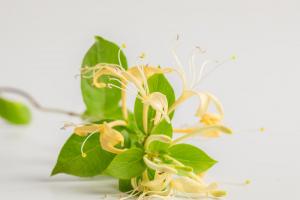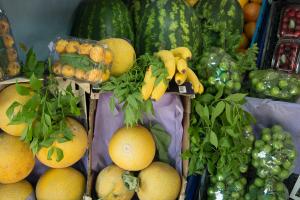1、 Curing method
1. Temperature: in its growing season, it is best to adjust the temperature to above 20 degrees, because it is more sensitive to temperature, and its growth will be better in a warm environment. In addition, it is not cold resistant, very afraid of cold, so it is best to protect it from cold in winter, and the lowest temperature can not be lower than zero
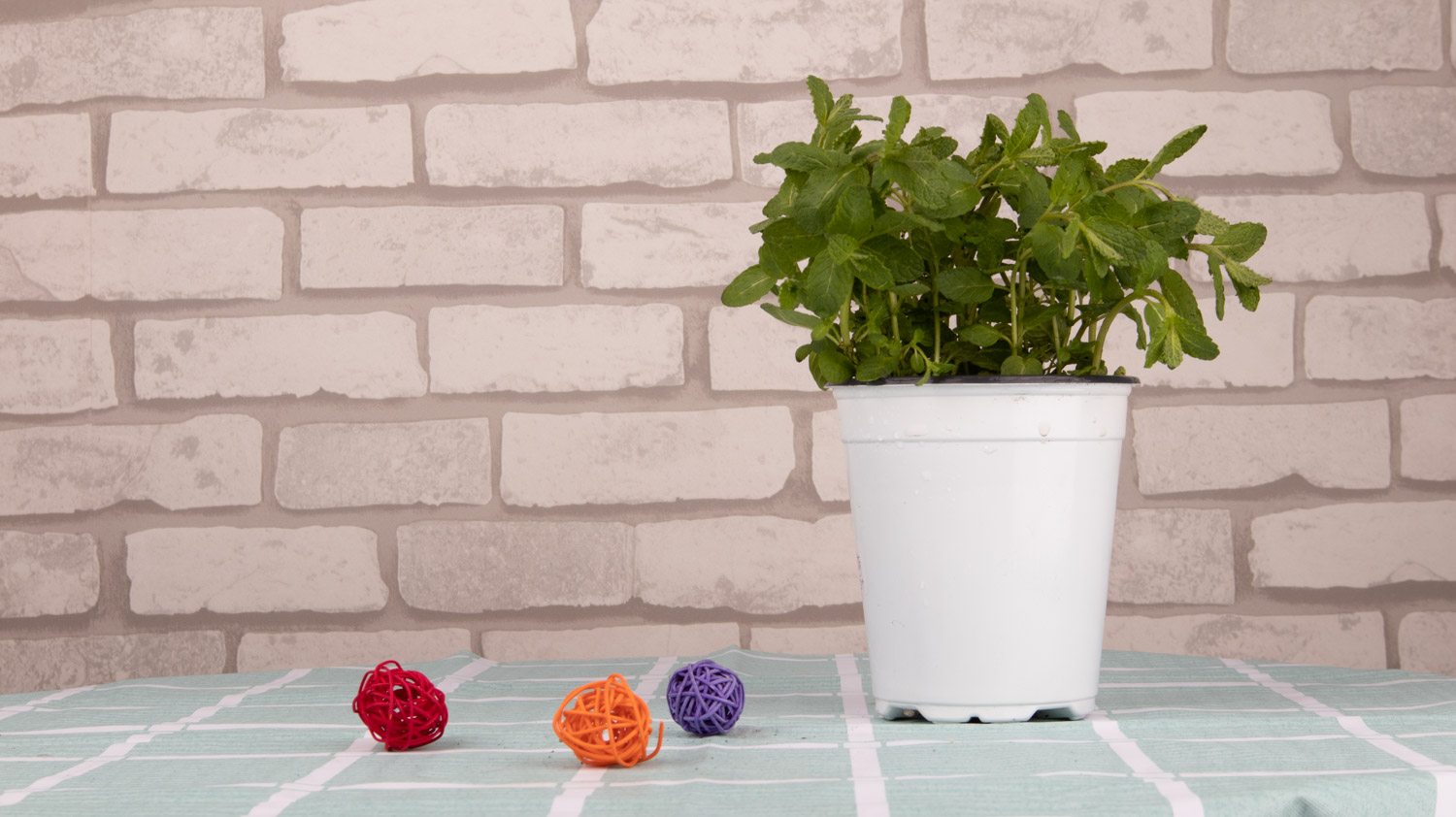
2. Light: Apple Mint has very high requirements for sunshine. It needs enough light every day. In other words, no matter when it is growing up or overwintering, it can't be in a very dark place. In summer, it's best to cover the noon light, or its leaves may be burned
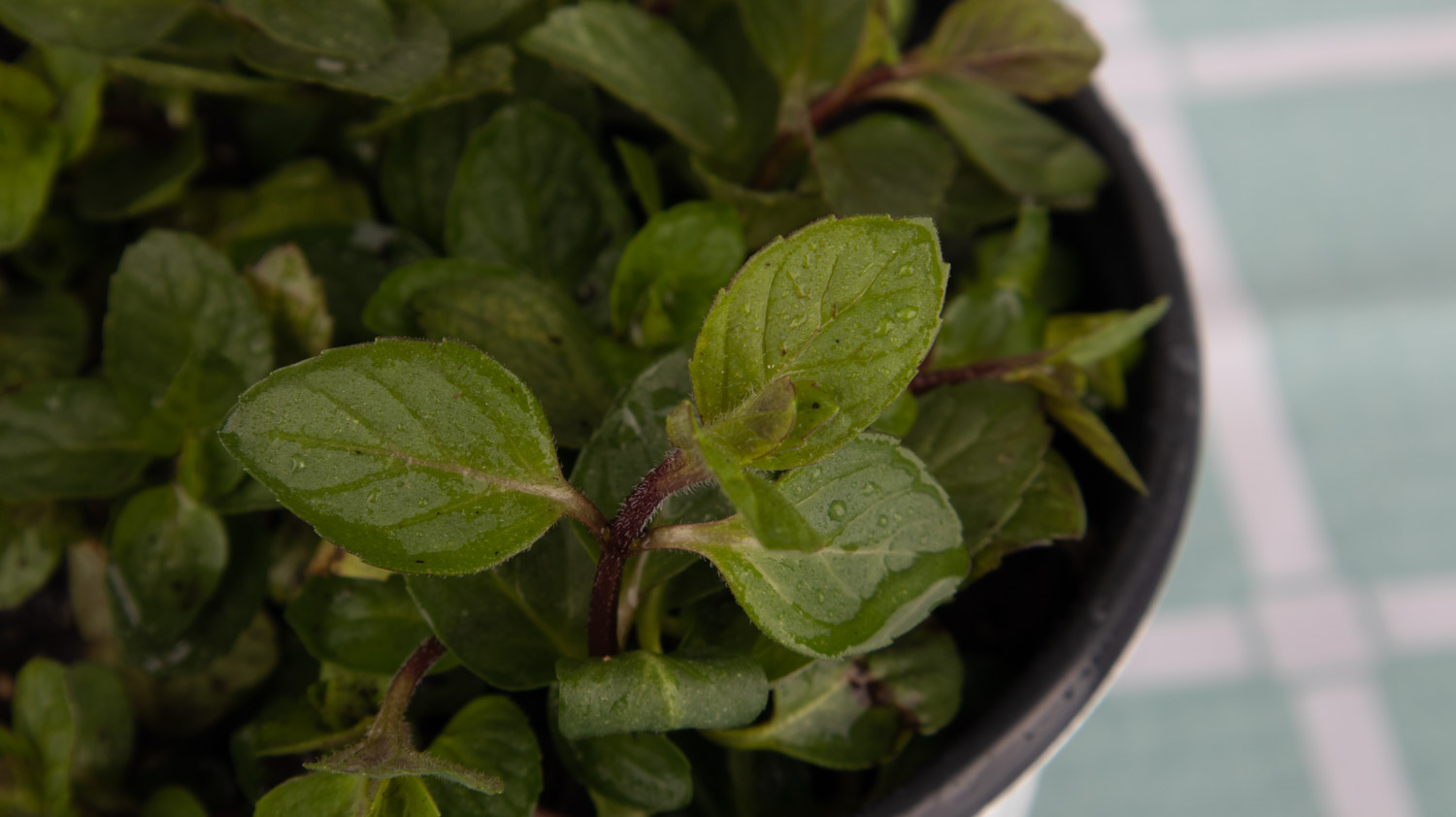
3. Watering: Apple Mint likes wet, but it is also afraid of waterlogging. From spring to autumn, water the soil in time after it is dry. Especially in summer, the water demand is the most. In winter, try to reduce the amount of water and dry it a little

4. Fertilization: more nutrients are helpful for its growth, but not too much nutrients. Base fertilizer can be properly mixed into the soil, and then the amount of topdressing can be determined according to the specific growth state
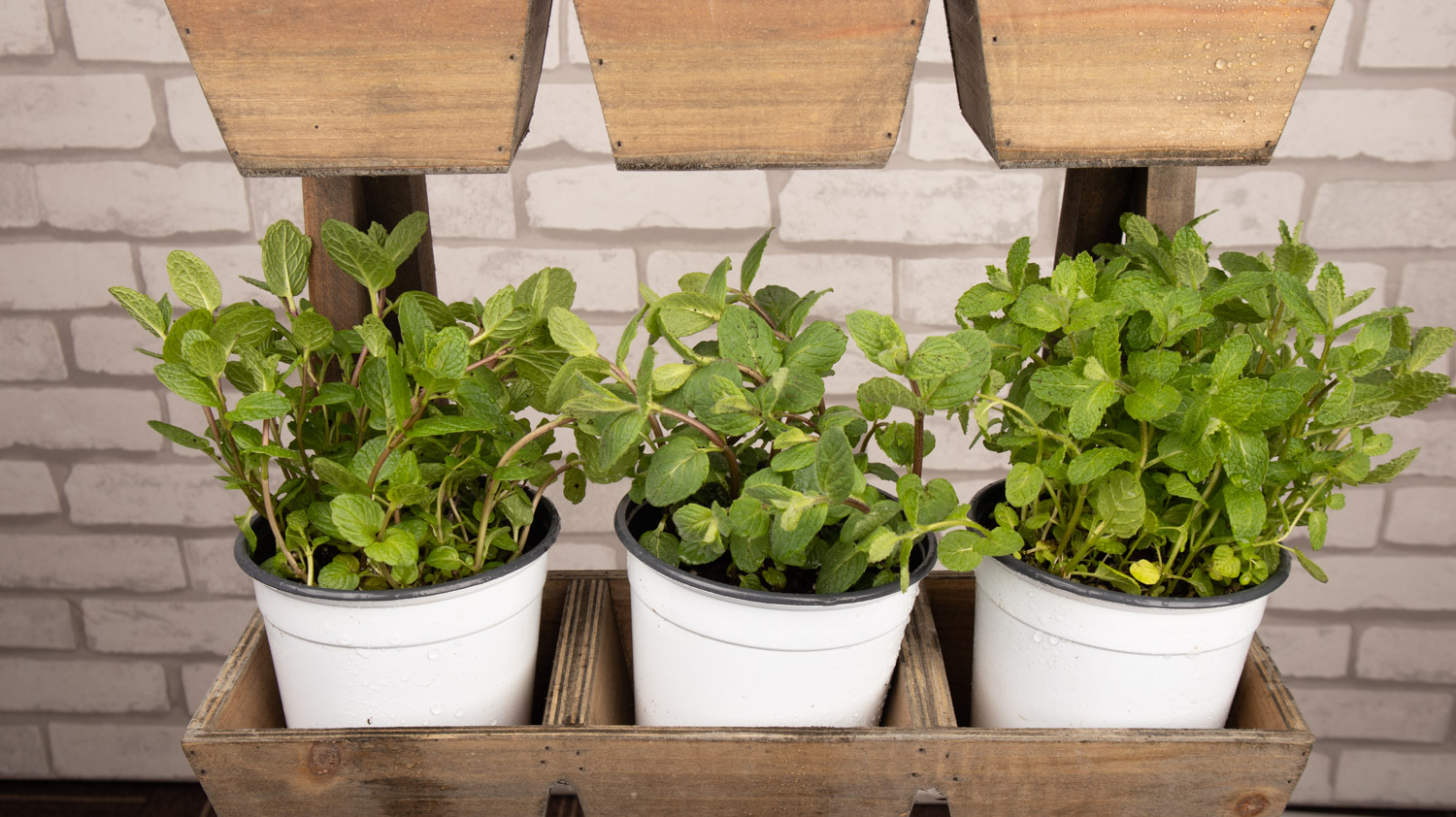
2、 Breeding skills
1. Reproduction: sowing can be used. Spring is a good time to sow seeds, specifically at the end of March. If seeds are not sown immediately after collection, they need to be stored at a lower temperature. In addition, loose soil with good drainage performance can be selected as the matrix. When sowing, pay attention to uniformity. After sowing, pour enough water and maintain humidity
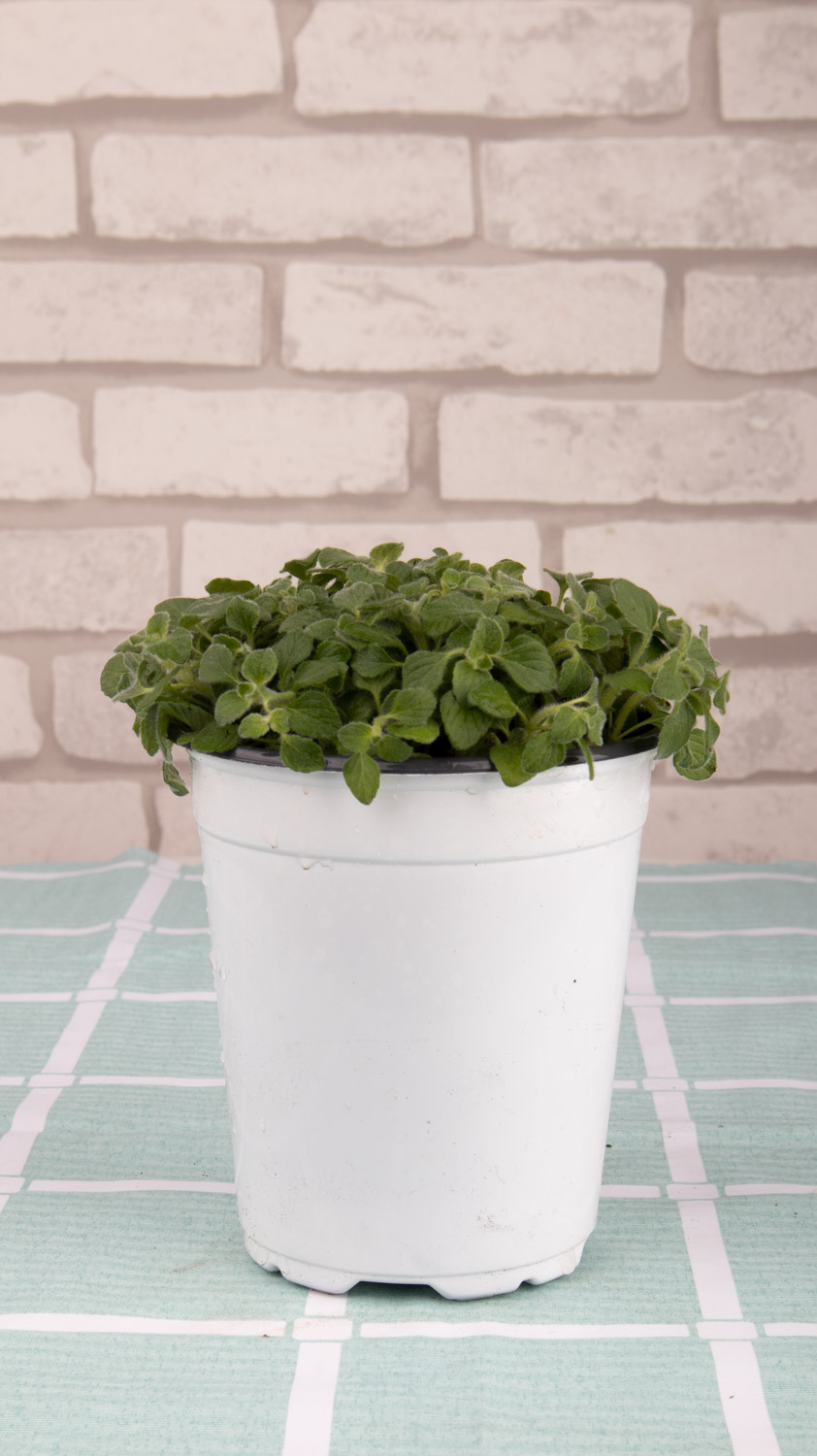
2. Pruning: the growth rate of Apple Mint is relatively fast, so its leaves sometimes appear very dense. At this time, it needs to be repaired properly. It is not allowed to make the leaves too dense, resulting in poor light transmission effect

3、 Diagnosis and treatment problems
1. Disease: in summer and autumn, specifically from July to October, a disease that is more likely to occur is "leaf blight". The damage of leaves is very obvious. In addition to spraying Carbendazim and other agents, the diseased leaves need to be cut off in time

2. Pests: there are not many pests. Occasionally, there are "red spiders", which can be treated with tweezers or insecticides

4、 Other issues
1. Toxicity: it is non-toxic and will not be harmful to human body

2. Whether it can be raised at home: Yes, it is a very popular plant. It can be used for viewing, and it also has a fragrance


 jackfruit
jackfruit snake plant
snake plant hibiscus
hibiscus hydrangea
hydrangea lavender
lavender Green roses climb al...
Green roses climb al... If you don't pay att...
If you don't pay att... Management of four g...
Management of four g...
